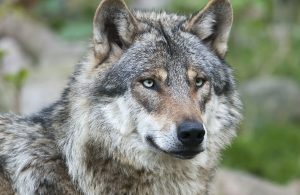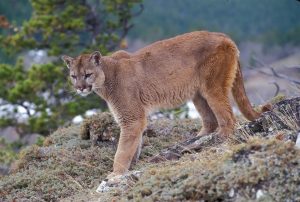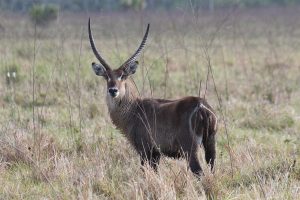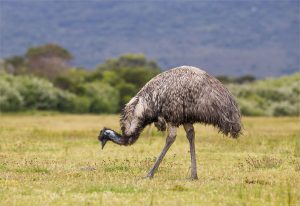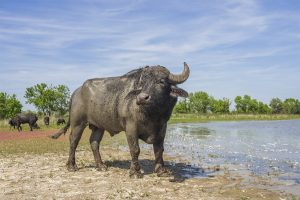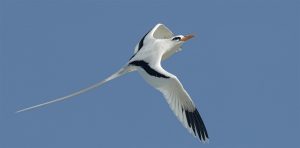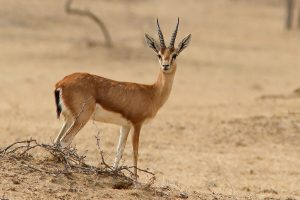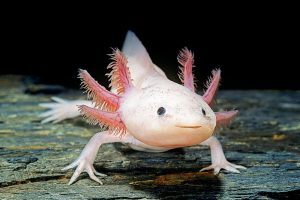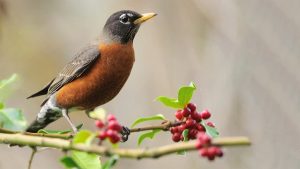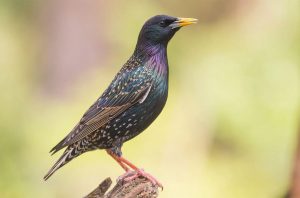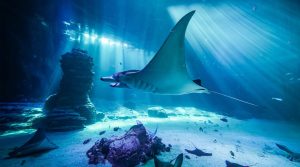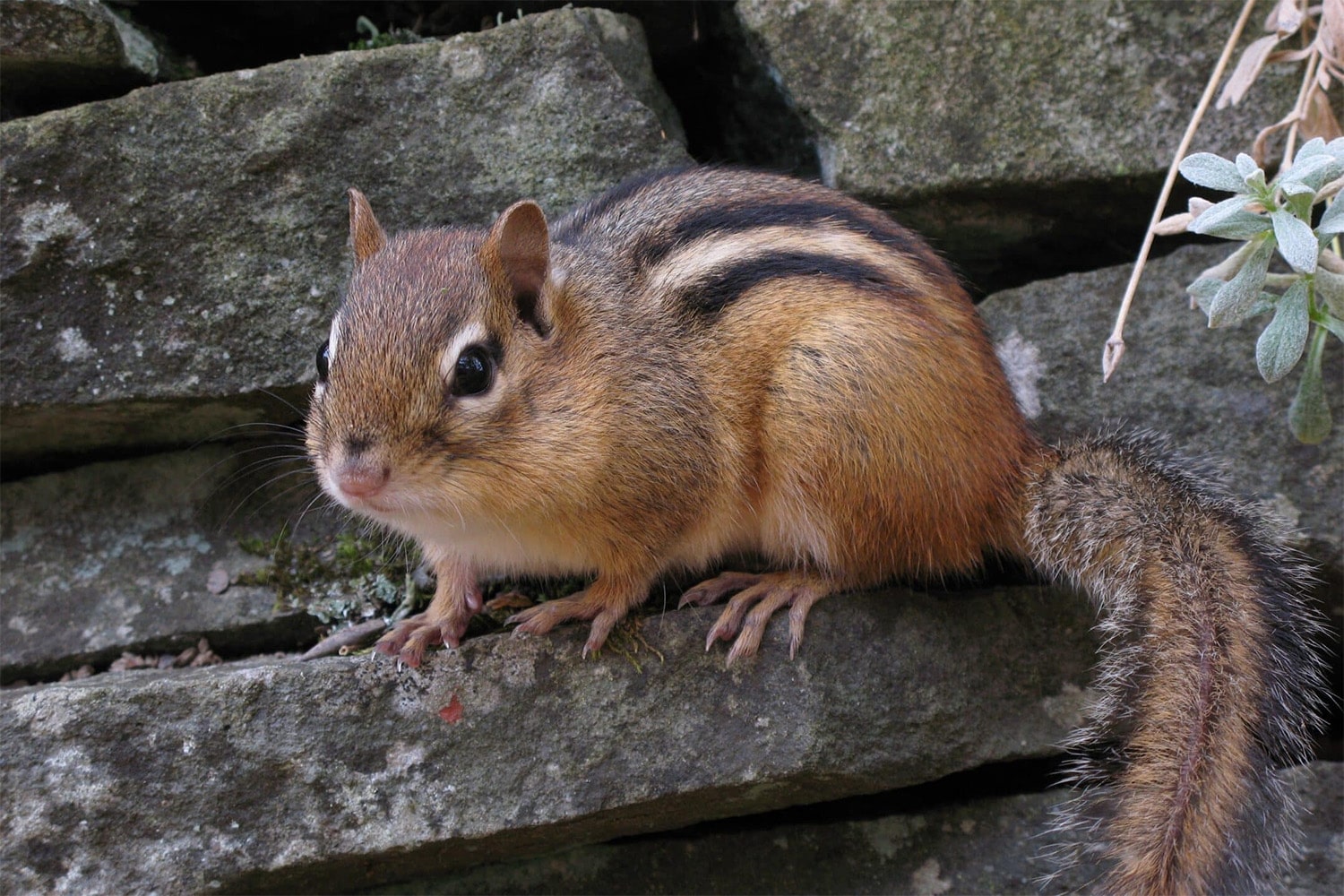
30 interesting facts about chipmunks
- 👁️ 360
Chipmunks, those small, striped rodents belonging to the Sciuridae family, are a familiar sight across many parts of North America and Asia. Known for their cheeky nature and adorable appearance, chipmunks play a significant role in forest ecosystems, contributing to seed dispersal and aeration of the soil through their burrowing habits. With their lively antics and characteristic stripes, chipmunks have captured the hearts of people worldwide, inspiring curiosity and admiration. Despite their common presence in our gardens and parks, there are many fascinating aspects of chipmunk behavior and biology that remain lesser-known. Here are 30 interesting and informative facts about chipmunks that shed light on these intriguing creatures.
- There are 25 recognized species of chipmunks, all but one of which live in North America.
- The only species of chipmunk found outside North America is the Siberian chipmunk, which inhabits parts of Asia.
- Chipmunks are small mammals, with most species measuring between 7.2 to 8.5 inches in length, including their tail.
- They have distinctive fur coloration, featuring dark stripes along their backs and sides, which helps them camouflage in their natural habitat.
- Chipmunks have cheek pouches that they use to transport food to their burrows, which can expand to three times the size of their heads.
- These creatures are omnivores, feeding on a diet that includes seeds, nuts, fruits, insects, and occasionally small birds’ eggs.
- Chipmunks play a crucial role in their ecosystems as prey for various predators, including hawks, foxes, and snakes.
- They are known for their burrowing habits, creating elaborate tunnel systems that can extend up to 30 feet in length.
- Chipmunks hibernate during the winter, but they do not store fat, relying instead on the food caches in their burrows.
- Unlike many other hibernating animals, chipmunks periodically wake up during hibernation to feed on stored food.
- The gestation period for a chipmunk is about 31 days, after which two to eight offspring can be born.
- Baby chipmunks, called pups, are born blind and hairless, becoming independent at around eight weeks.
- Chipmunks have a high-pitched, bird-like chirp, which they use to communicate with each other and express alarm.
- The name “chipmunk” is derived from the Ojibwe word “ajidamoonh,” meaning “one who descends trees headlong.”
- Chipmunks are solitary creatures, with defined territories that they defend from others.
- Their lifespan in the wild is typically 2 to 3 years, though in captivity they can live up to 8 years.
- Chipmunks are excellent climbers, often escaping predators by scampering up trees.
- The largest species of chipmunk is the Eastern chipmunk, which can weigh up to 4.4 ounces.
- Chipmunks have four toes on their front feet and five on their hind feet.
- They are most active during the early morning and late afternoon, avoiding the midday heat.
- In autumn, chipmunks gather and store food in their burrows for the winter, a behavior known as “caching.”
- Chipmunks can carry several times their body weight in their cheek pouches.
- They have a unique way of cleaning their faces and fur, using their paws in a washing motion.
- Some chipmunk species are territorial, while others live in more communal settings, especially when hibernating.
- Chipmunks’ predators include birds of prey, mustelids, and felids.
- Despite their small size, chipmunks can jump over obstacles and across gaps to escape threats.
- Chipmunks are known to engage in a behavior called “drumming,” rapidly tapping their feet on the ground, which is thought to be a form of communication.
- During hibernation, a chipmunk’s heart rate can drop from 350 beats per minute to as low as 4 beats per minute.
- The coloration and patterning of a chipmunk’s fur can vary significantly between species and even individuals.
- Chipmunks are sometimes confused with ground squirrels, but they can be distinguished by their distinct striping and smaller size.
Chipmunks, with their charming demeanor and fascinating behaviors, are much more than just cute faces in the animal kingdom. Their role in seed dispersal and as a key part of the food web underscores their importance in natural ecosystems. These small creatures exemplify the intricate balance of nature, surviving and thriving through their ingenuity and adaptability. As we learn more about chipmunks, we gain a greater appreciation for the complexity of their lives and the environments they inhabit, reminding us of the interconnectedness of all living beings.
